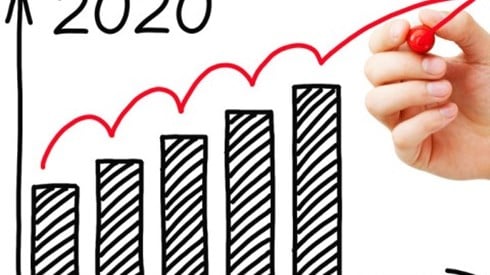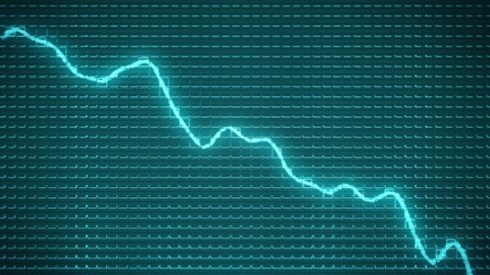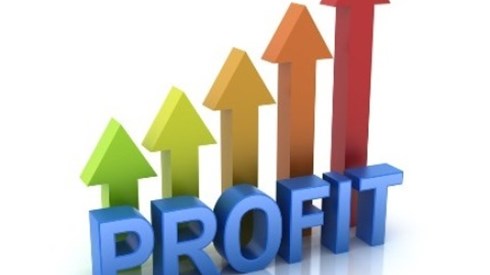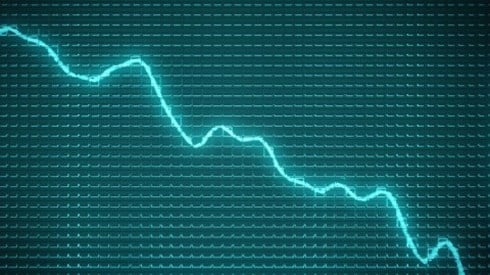US Property-Casualty Insurers' 2020 Performance Exceeded Expectations
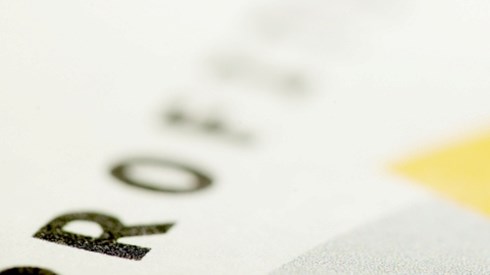
April 26, 2021

Publicly traded US property-casualty insurers performed unexpectedly well in 2020 despite the extraordinary challenges confronting them, according to a new report from A.M. Best.
In its special report US P/C Insurers Perform Well Despite COVID-19, Best found that the group of US insurers generated $82.1 billion in operating income last year. Best's analysis covers the vast majority of US property-casualty insurers that file US generally accepted accounting principles (GAAP) statements, the rating agency said.
Along with the effects of the COVID-19 pandemic on property-casualty insurers, $66 billion in catastrophe losses added an estimated 7.5 percentage points to the industry's net combined ratio, compared with 4.1 points in 2019, Best said.
Despite the negative events in 2020, insurers in the property-casualty segment saw lower exposures to loss for some key lines of coverage during the year, Best said. In addition, the performance of personal and commercial automobile and workers compensation insurers, which generate about half the property-casualty industry's net premium volume, improved despite the year's high catastrophe losses, according to Best.
Best's report finds that property-casualty industry revenue declined slightly in 2020 to $560.7 billion, resulting largely from an 18.8 percent drop in net investment income. Industry expenses grew by 4.1 percent in 2020, far exceeding a modest increase in premium revenue. Also, the year's catastrophe losses and a "sizable increase" in policyholder dividend more than countered the premium revenue increase, Best said.
Although the sector's operating income declined by more than 40 percent in 2020, property-casualty insurers were profitable, Best found. "This was in part a reflection of profitability in 2019, when insurers saw a comparatively benign catastrophe year and a significant increase in investment income," a Best statement said.
Best said that the environment remains competitive for many property-casualty lines, despite the need for rate increases for key commercial lines such as catastrophe-exposed property, commercial automobile, general and professional liability, and medical professional liability.
"For many insurers, there is still a need for premium increases to reflect claims costs and loss costs more adequately to help improve underwriting profitability," the Best statement said. "Additional rate or pricing measures should boost the segment's premium revenue and operating profitability."
Copyright © 2021 A.M. Best Company, Inc. and/or its affiliates. ALL RIGHTS RESERVED.
April 26, 2021
